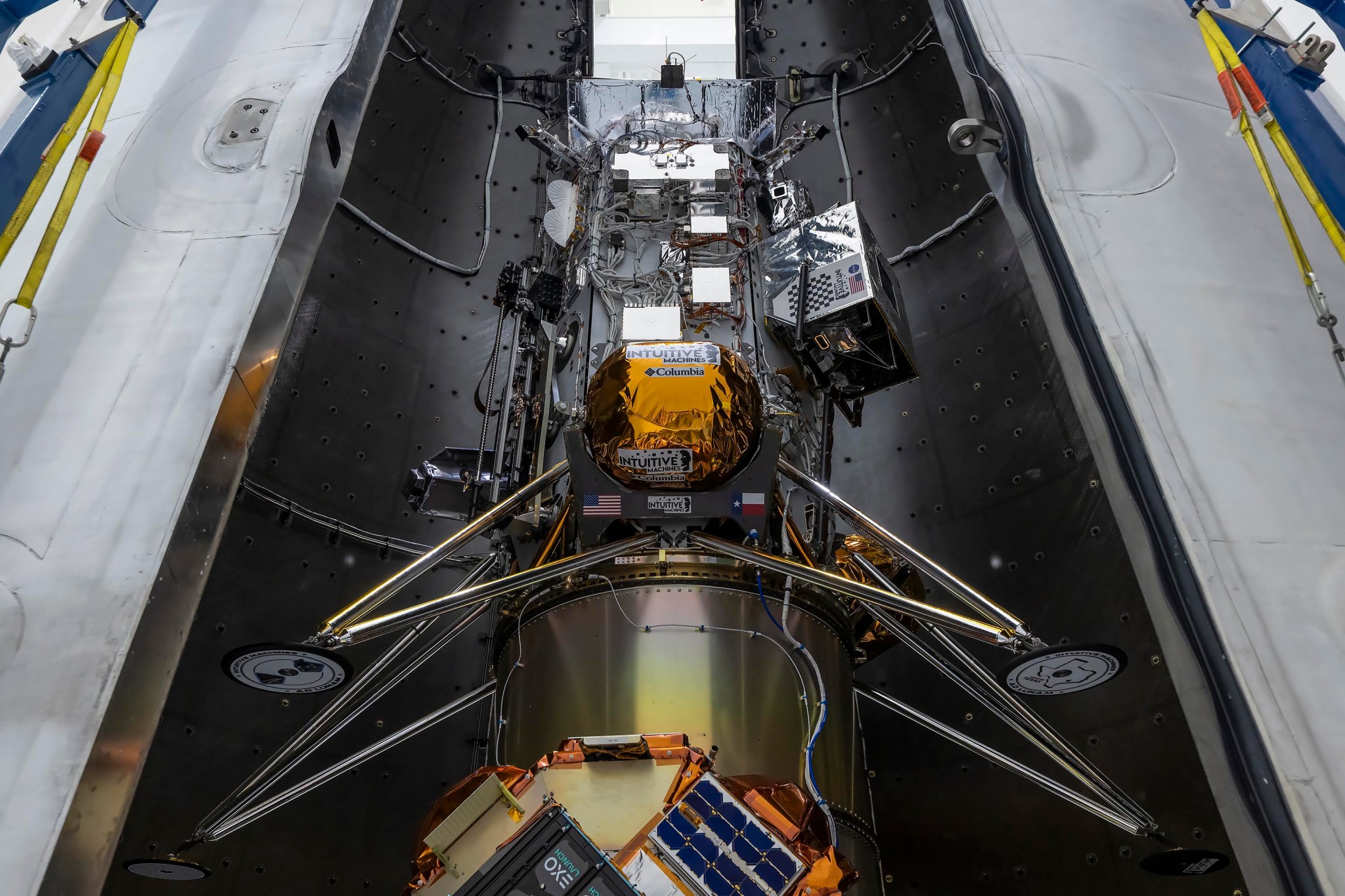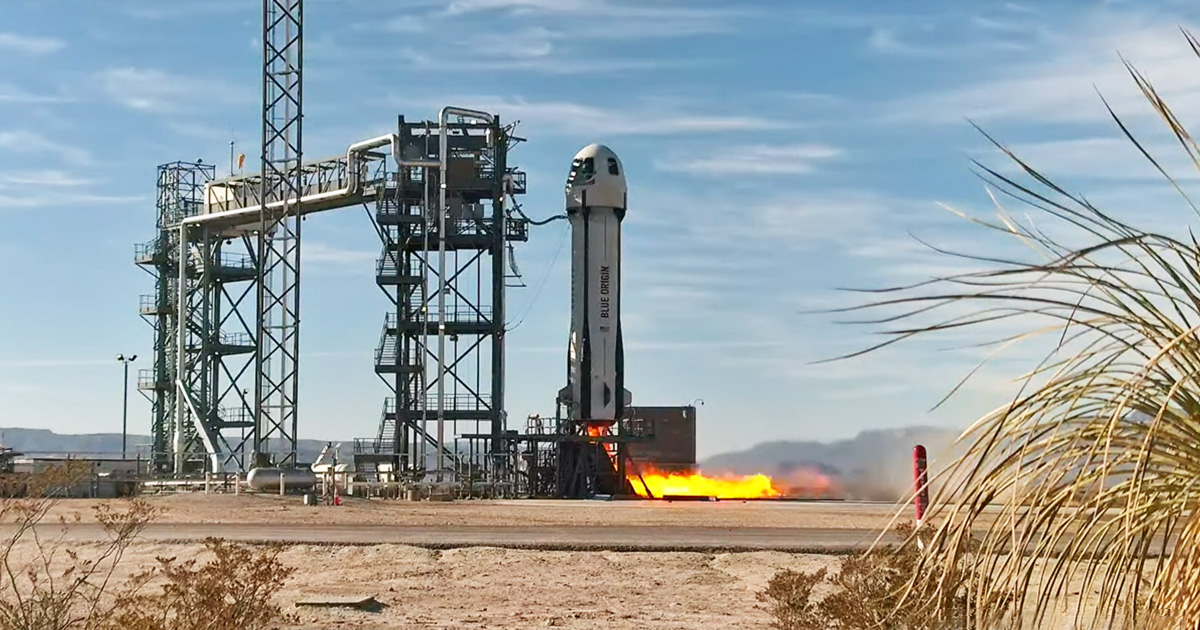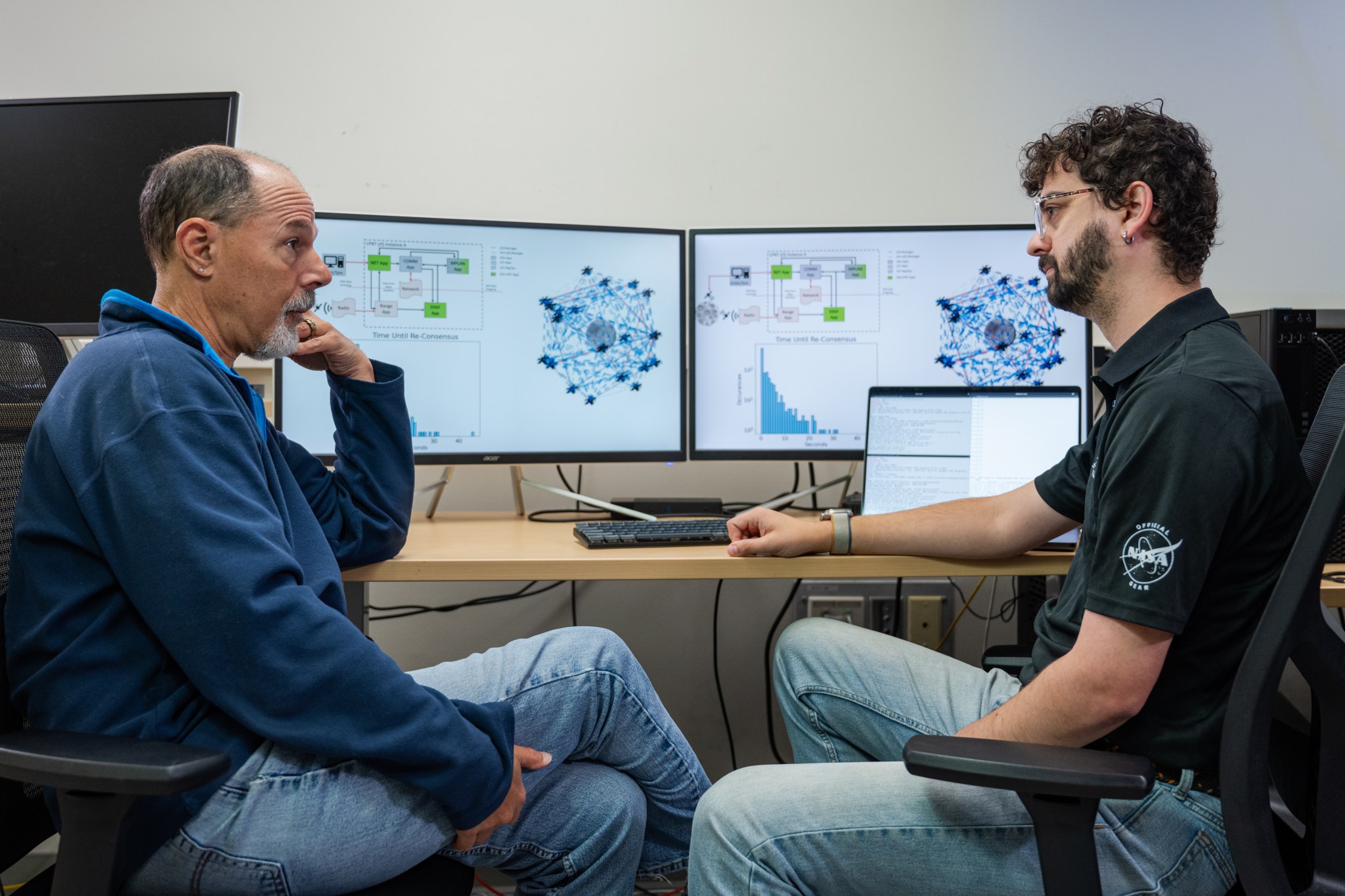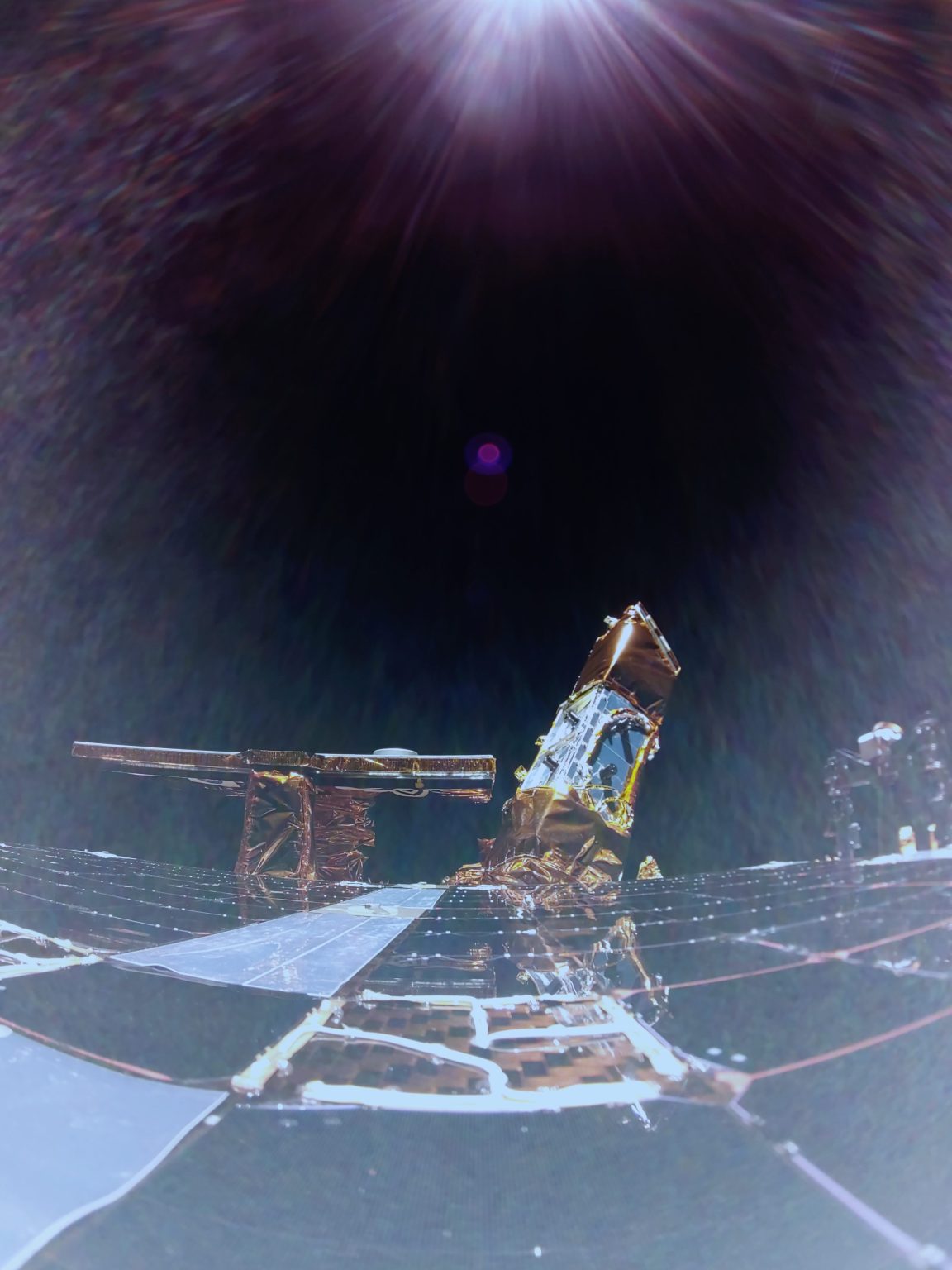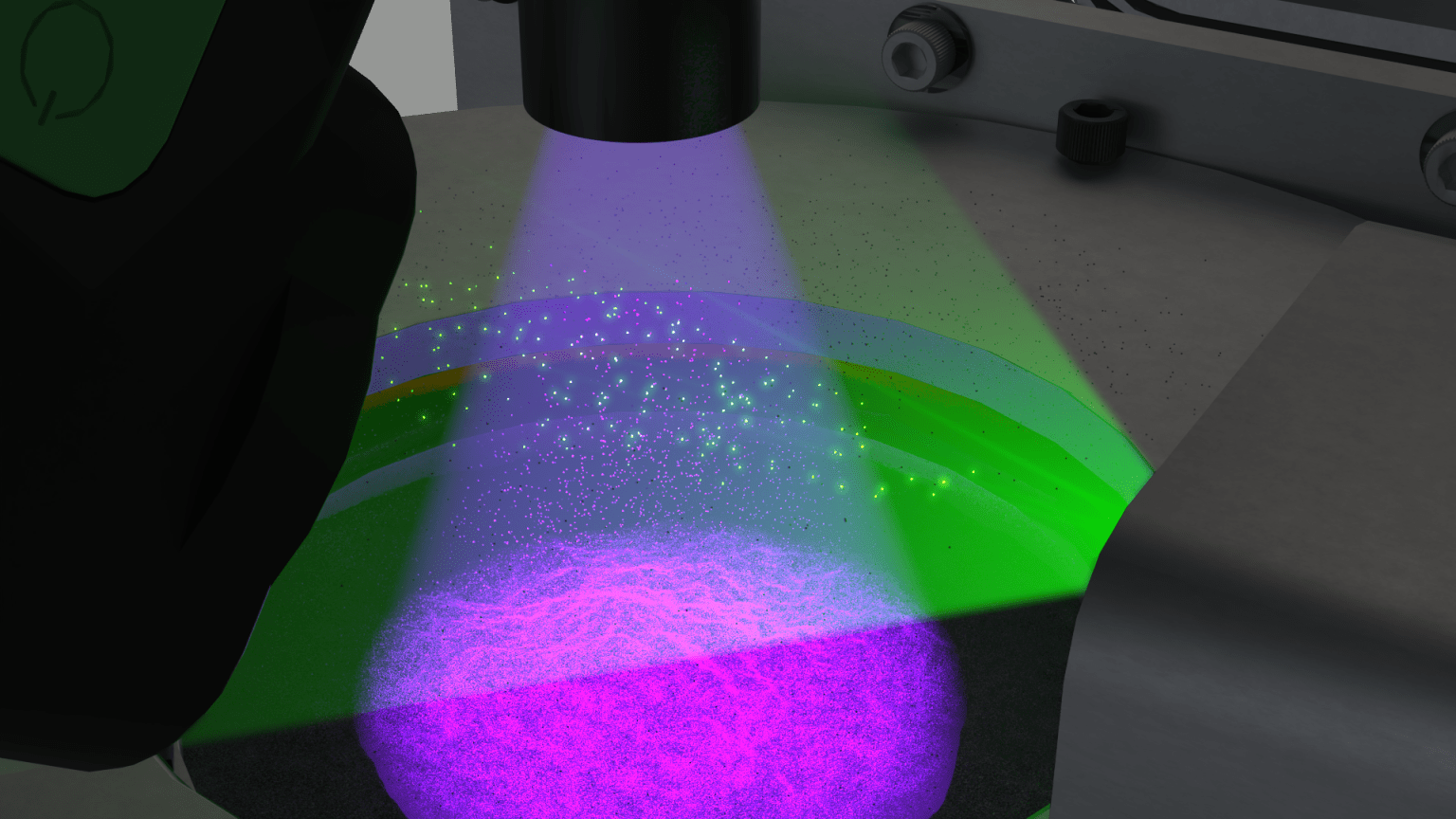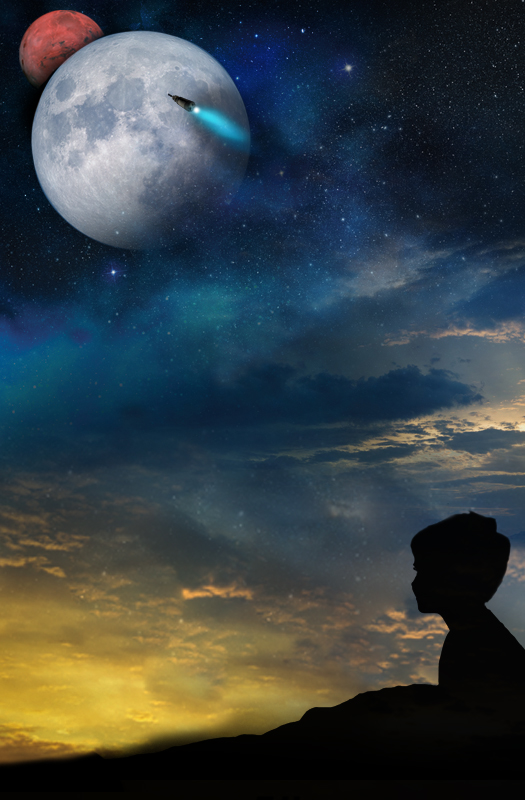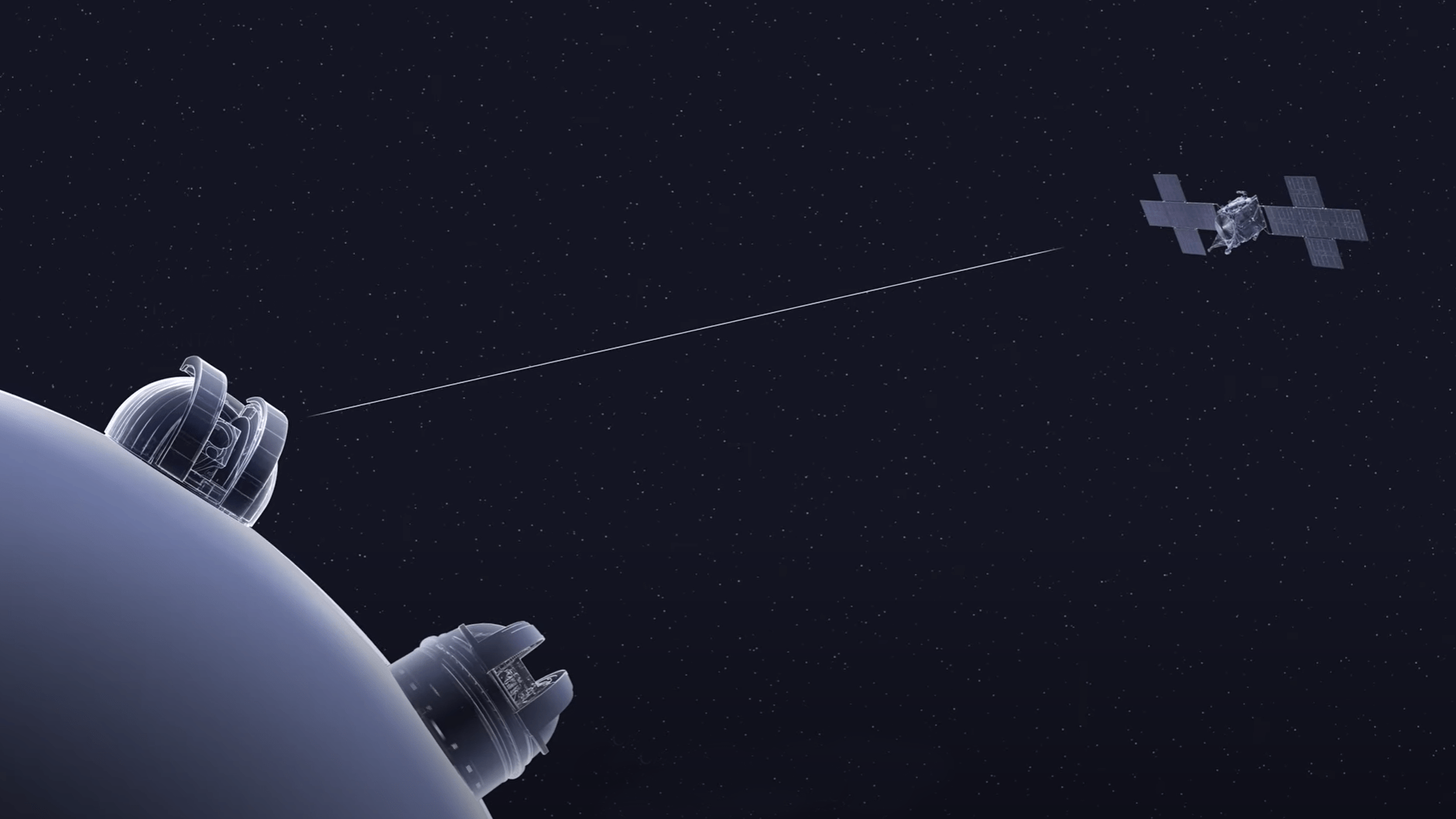NASA named Stanford University of California winner of the Lunar Autonomy Challenge, a six-month competition for U.S. college and university student teams to virtually map and explore using a digital twin of NASA’s In-Situ Resource Utilization Pilot Excavator (IPEx). The winning team successfully demonstrated the design and functionality of their autonomous agent, or software that performs specified actions without human intervention. Their agent autonomously navigated the IPEx digital twin in the virtual lunar environment, while accurately mapping the surface, correctly identifying obstacles, and effectively managing available power. Lunar simulation developed by…
Read MoreTag: Game Changing Development Program
NASA Moon Observing Instrument to Get Another Shot at Lunar Ops
The Mass Spectrometer Observing Lunar Operations (MSolo) for NASA’s Volatile Investigating Polar Exploration Rover (VIPER) mission is prepared for packing inside a laboratory in the Space Station Processing Facility at NASA’s Kennedy Space Center in Florida on Feb. 21, 2023. MSolo is a commercial off-the-shelf mass spectrometer modified to work in space and it will help analyze the chemical makeup of landing sites on the Moon, as well as study water on the lunar surface. NASA/Kim Shiflett A NASA-developed technology that recently proved its capabilities in the harsh environment of…
Read MoreFive Facts About NASA’s Moon Bound Technology
4 Min Read Five Facts About NASA’s Moon Bound Technology A view of the Moon from Earth, zooming up to IM-2's landing site at Mons Mouton, which is visible in amateur telescopes. Credits: NASA/Scientific Visualization Studio NASA is sending revolutionary technologies to the Moon aboard Intuitive Machines’ second lunar delivery as part of the agency’s CLPS (Commercial Lunar Payload Services) initiative and Artemis campaign to establish a long-term presence on the lunar surface. As part of this CLPS flight to the Moon, NASA’s Space Technology Mission Directorate will test novel technologies…
Read MoreNASA Tests in Simulated Lunar Gravity to Prep Payloads for Moon
3 min read Preparations for Next Moonwalk Simulations Underway (and Underwater) Launch of Blue Origin’s New Shepard suborbital rocket system on Feb. 4, 2025. During the flight test, the capsule at the top detached from the booster and spun at approximately 11 rpm to simulate lunar gravity for the NASA-supported payloads inside. Blue Origin The old saying — “Practice makes perfect!” — applies to the Moon too. On Tuesday, NASA gave 17 technologies, instruments, and experiments the chance to practice being on the Moon… without actually going there. Instead, it…
Read MoreNASA Demonstrates Software ‘Brains’ Shared Across Satellite Swarms
5 min read Preparations for Next Moonwalk Simulations Underway (and Underwater) Jeremy Frank, left, and Caleb Adams, right, discuss software developed by NASA’s Distributed Spacecraft Autonomy project. The software runs on spacecraft computers, currently housed on a test rack at NASA’s Ames Research Center in California’s Silicon Valley, and depicts a spacecraft swarm virtually flying in lunar orbit to provide autonomous position navigation and timing services at the Moon. NASA/Brandon Torres Navarrete Talk amongst yourselves, get on the same page, and work together to get the job done! This “pep…
Read MoreNASA Space Tech’s Favorite Place to Travel in 2025: The Moon!
4 Min Read NASA Space Tech’s Favorite Place to Travel in 2025: The Moon! The first image from space of Firefly's Blue Ghost mission 1 lunar lander as it begins its 45-day transit period to the Moon. Credits: Firefly Aerospace NASA Space Technology has big travel plans for 2025, starting with a trip to the near side of the Moon! Among ten groundbreaking NASA science and technology demonstrations, two technologies are on a ride to survey lunar regolith – also known as “Moon dust” – to better understand surface interactions…
Read MoreNASA Technologies Aim to Solve Housekeeping’s Biggest Issue – Dust
5 Min Read NASA Technologies Aim to Solve Housekeeping’s Biggest Issue – Dust This artist rendering of Electrostatic Dust Lofting (EDL) examines the lofting of lunar dust when electrostatic charging occurs after exposure to ultraviolet light. If you thought the dust bunnies under your sofa were an issue, imagine trying to combat dust on the Moon. Dust is a significant challenge for astronauts living and working on the lunar surface. So, NASA is developing technologies that mitigate dust buildup enabling a safer, sustainable presence on the Moon. A flight test…
Read MoreLunar Autonomy Challenge: Selected Teams
Congratulations to the selected teams and their schools who will participate in the Lunar Autonomy Challenge! 31 teams were selected for the qualifying round, engaging 229 students from colleges and universities in 15 states. Teams will now move on to a Qualifying Round where they will virtually explore and map the lunar surface using a digital twin of NASA’s lunar mobility robot, the ISRU Pilot Excavator (IPEx). Teams will develop software that can perform set actions without human intervention, navigating the digital IPEx in the harsh, low-light conditions of the Moon. The Qualifying Round will extend to February 28, when…
Read MoreFrom Houston to the Moon: Johnson’s Thermal Vacuum Chamber Tests Lunar Solar Technology
Imagine designing technology that can survive on the Moon for up to a decade, providing a continuous energy supply. NASA selected three companies to develop such systems, aimed at providing a power source at the Moon’s South Pole for Artemis missions. Three companies were awarded contracts in 2022 with plans to test their self-sustaining solar arrays at the Johnson Space Center’s Space Environment Simulation Laboratory (SESL) in Houston, specifically in Chamber A in building 32. The prototypes tested to date have undergone rigorous evaluations to ensure the technology can withstand…
Read MorePrecision Pointing Goes the Distance on NASA Experiment
4 min read Preparations for Next Moonwalk Simulations Underway (and Underwater) The laser that transmits between NASA’s Psyche spacecraft and Earth-based observatories for the Deep Space Optical Communications experiment successfully reaches its target thanks, in part, to a vibration isolation platform developed by Controlled Dynamics Inc., and supported by several Space Technology Mission Directorate programs. NASA/JPL-Caltech One year ago today, the future of space communications arrived at Earth as a beam of light from a NASA spacecraft nearly 10 million miles away. That’s 40 times farther than our Moon. That’s…
Read More

